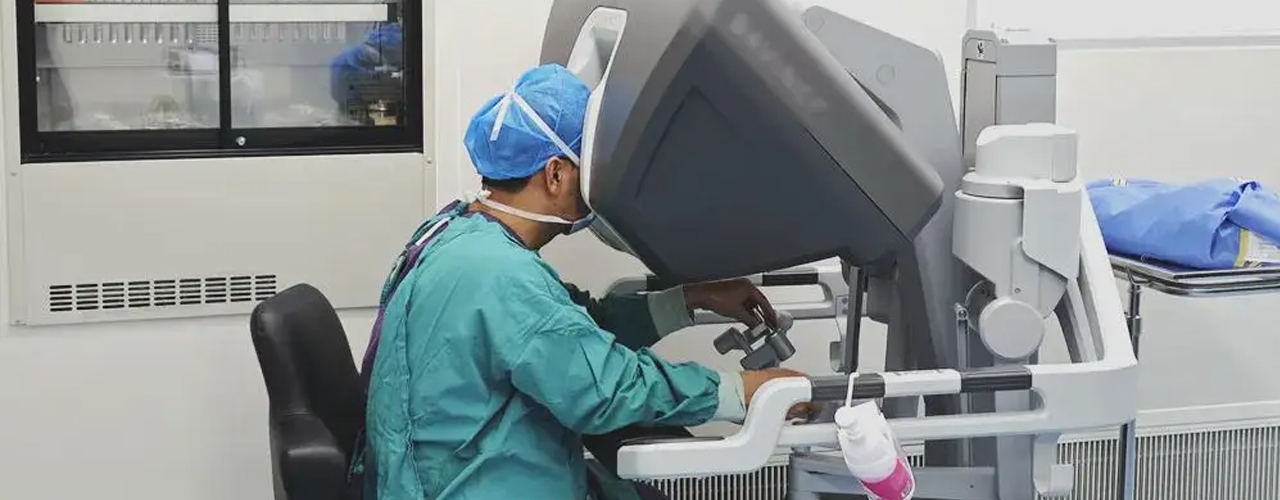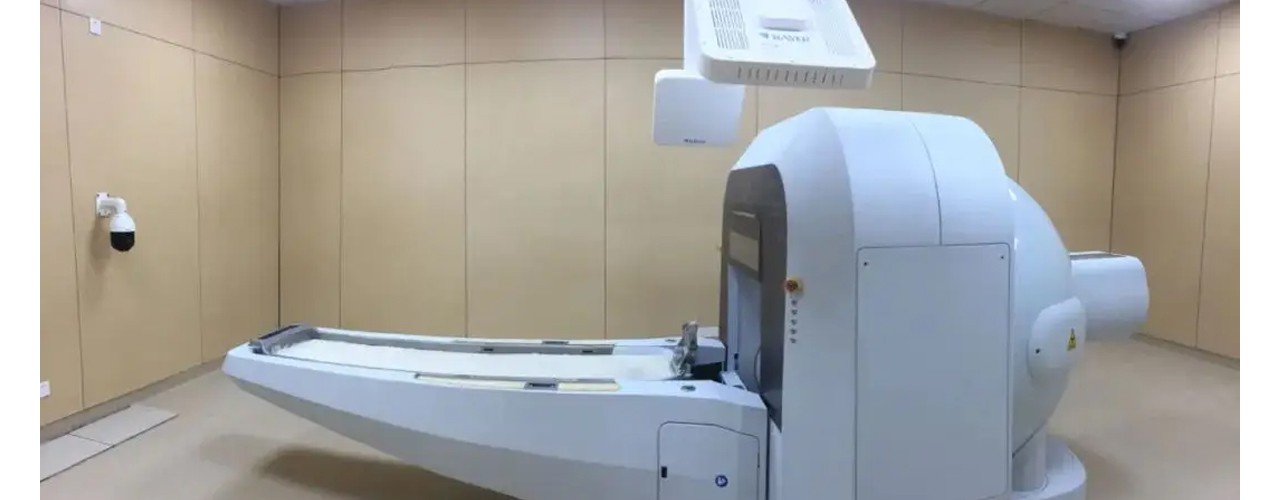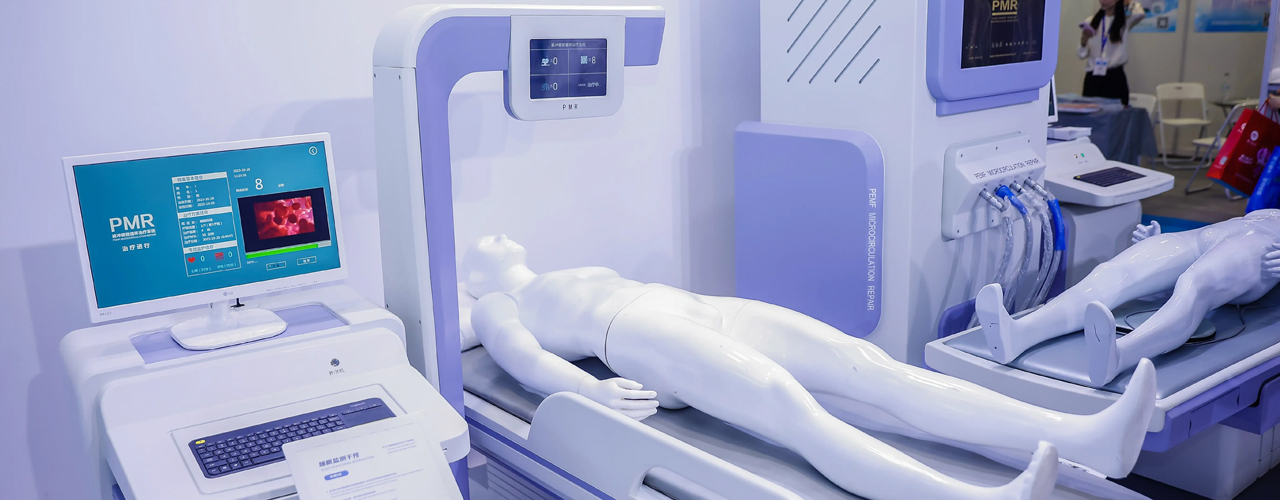While the inflammatory condition which affects the distal small bowel and leads to weight loss, abdominal pain and occasional intestinal bleeding became known as Crohn’s disease in 1932, individual cases were documented in Poland and Scotland up to thirty years earlier. Typically involving distal ileum or colon, the disease can occur anywhere in the gastrointestinal tract. Since the 1960s there has been a dramatic change in the prevalence and geographical distribution of the condition. Crohn’s disease was originally recognised in urban areas of Northern Europe and North America, although there are now few parts of the world where it is not found. Conservative estimates during the 1990s suggested that the prevalence in the United Kingdom was about 75/100,000 and that this figure may have underestimated the true prevalence by 33%. By the end of the century, the prevalence of Crohn’s disease in the north of England was 145/100,000 and the most recent study from Tayside (Scotland) now indicates a prevalence of 157/100,000, meaning there are at least 115,000 people in the UK with Crohn’s disease at the present time.
The causes of Crohn’s disease are widely debated, and none have consistently met the criteria necessary to be recognised as the sole or major cause of the condition. Smoking and genetic predisposition are two important factors that are likely to play some role. This limited understanding has meant that treatment is largely directed at symptom relief rather than cure, and there is need to distinguish between active treatment of acute disease (inducing remission) and the prevention of relapse (maintaining remission). Whether a relapse refers to a recurrence of symptoms, or the appearance of mucosal abnormalities before the development of symptoms, remains the subject of dispute. Patients’ views about treatment and the type of information they need have changed little over the last 30 years.







